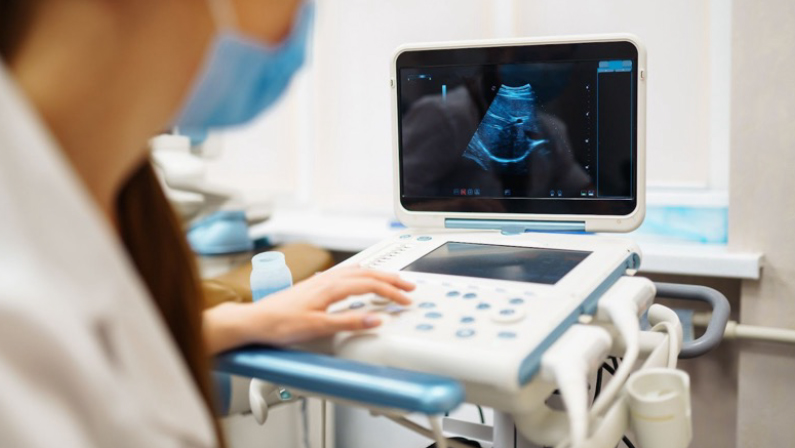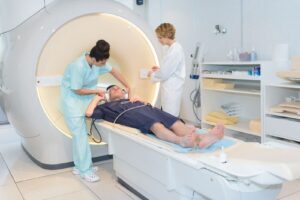Imagine a technology that allows a glimpse into the human body, offering crucial insights without a single incision. Ultrasound services provide this remarkable window, combining science and compassion to aid in diagnosis and treatment.
In this comprehensive guide, we will explore the multifaceted world of ultrasound services, shedding light on their importance, applications, and the advancements that continue to redefine medical imaging.
What Are Ultrasound Services And How Does Ultrasound Work?
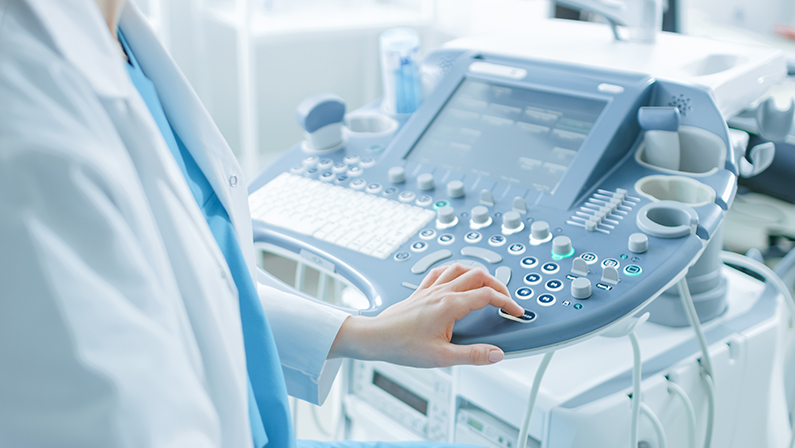
Ultrasound services utilize high-frequency sound waves to create images of the internal structures of the body. Unlike other imaging techniques, ultrasounds do not employ radiation, making them a safer option for a wide array of patients. The procedure involves a small device called a transducer, which sends sound waves into the body. These waves then echo back, and the transducer collects them to form an image, providing invaluable information about the body’s inner workings.
Commonly known for its use in pregnancy to visualize the fetus, ultrasound has a broad range of applications in various medical fields.
Importance Of Ultrasound Services: What Are Ultrasounds For?
Ultrasound services are more than just medical procedures; they are a pivotal part of patient care. They offer a non-invasive, painless, and quick way to diagnose and monitor various conditions. The real-time images produced allow for immediate assessment, making ultrasounds indispensable in emergency medicine, guiding procedures, and monitoring the health and development of unborn babies.
Applications of Ultrasound
Ultrasound technology is a versatile tool used across various medical fields. Its applications are diverse, extending far beyond its well-known use in obstetrics. Here are some of the primary ways ultrasound serves the medical community:
Prenatal
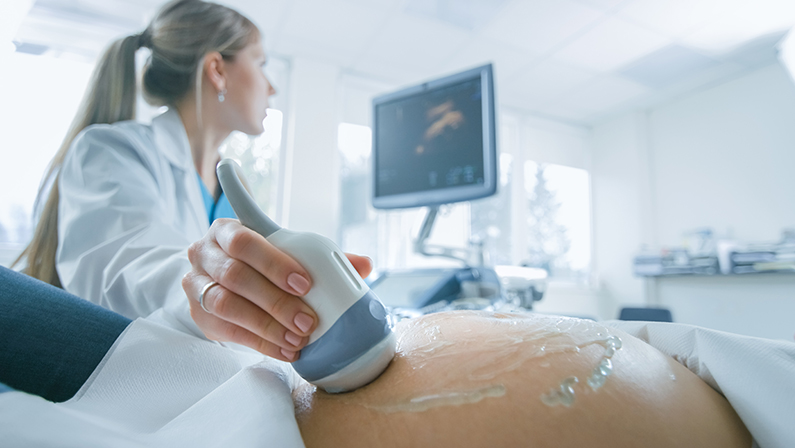
In prenatal care, ultrasounds are synonymous with safety and reassurance. They provide expecting parents a first glimpse of their unborn child and give doctors vital information about the baby’s growth, development, and overall well-being.
Cardiology
In cardiology, ultrasounds, known as echocardiograms, are essential. They assess heart function and structure, and detect abnormalities, guiding treatment decisions with precision.
Musculoskeletal
For musculoskeletal concerns, ultrasounds offer a clear picture of muscles, ligaments, and tendons, aiding in diagnosing sprains, tears, and other soft tissue conditions.
Radiology
Radiology leverages ultrasound to examine organs such as the liver, kidneys, and gallbladder, helping detect and monitor conditions like gallstones, kidney stones, and various types of tumors.
Preparing For an Ultrasound
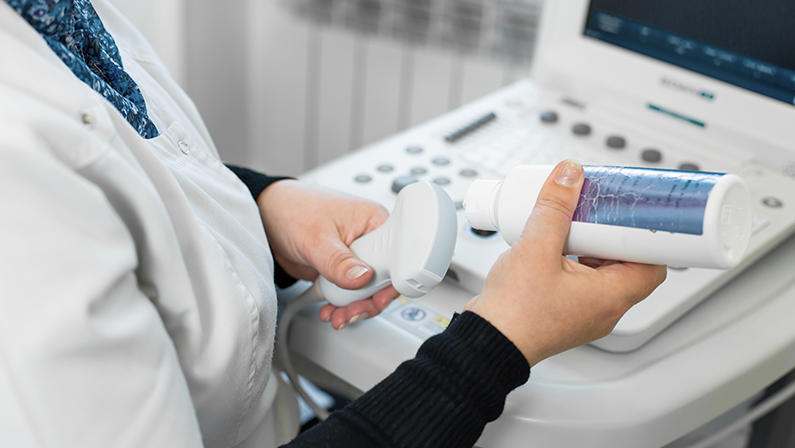
Undergoing an ultrasound can be a straightforward process, but knowing what to expect and how to prepare can make your appointment go more smoothly. Here’s a guide to help you get ready for your ultrasound, understand what will happen during the procedure, and know what to expect afterward.
Before the Ultrasound
1. Understand the Purpose
Your doctor may order an ultrasound for various reasons – to examine organs, tissues, or a developing fetus. Knowing the purpose can help you prepare appropriately.
2. Follow Pre-Appointment Instructions
Depending on the type of ultrasound, you may be given specific instructions. For abdominal scans, you might need to fast for several hours. For pelvic ultrasounds, drinking water beforehand to fill the bladder can provide clearer images. Always follow the guidelines provided by your healthcare provider.
3. Dress Comfortably
Wear loose, comfortable clothing. You may be asked to change into a hospital gown, but having easily removable clothing makes the process simpler.
4. Ask Questions
If you’re unsure about any aspect of the ultrasound, such as the preparation, the procedure itself, or the costs involved, don’t hesitate to ask your healthcare provider.
During the Ultrasound
1. The Procedure
Generally, a sonographer will conduct the ultrasound. You’ll be asked to lie on an examination table, and a special gel will be applied to your skin. This gel ensures proper contact between the skin and the transducer (the handheld device that emits sound waves).
2. Comfort and Communication
The procedure is usually painless. However, you might feel slight pressure as the transducer is moved over your body. If you feel any discomfort, inform the sonographer immediately.
3. Duration
The duration of the ultrasound varies depending on the area being examined but typically lasts between 30 to 60 minutes.
After the Ultrasound
1. Post-Procedure Care
Generally, there are no special post-procedure instructions for an ultrasound. You can get dressed and go about your normal activities unless your healthcare provider advises otherwise.
2. Understanding the Results
The sonographer might discuss what they see during the scan, but a radiologist will usually analyze the images and send a detailed report to your doctor. Your doctor will then discuss the findings with you during a follow-up appointment.
3. Follow-up: How long does it take to get ultrasound results?
If the results are inconclusive or further investigation is needed, your doctor might recommend additional tests or follow-up ultrasounds. The timeline for receiving the results can vary. In many cases, you can expect to discuss the findings with your doctor during the follow-up appointment, which is typically scheduled a few days to a week after the ultrasound.
However, for urgent or critical cases, your healthcare provider may expedite the results and discuss them with you sooner. It’s important to follow your doctor’s guidance regarding the timeline for receiving and discussing the results of your ultrasound.
Remember, if you have any concerns or questions at any stage of the process, don’t hesitate to communicate with your healthcare provider. They are there to ensure that your experience is as comfortable and informative as possible.
Advancements in Ultrasound Technology
Ultrasound technology has come a long way since its inception, with significant advancements enhancing the quality, accuracy, and scope of ultrasound imaging. These improvements have not only transformed diagnostic procedures but have also paved the way for more sophisticated medical interventions. Some of the notable advancements in ultrasound technology include:
High-Definition Imaging
Modern ultrasound machines produce high-definition images that offer remarkable clarity. This enhancement allows healthcare professionals to view structures and anomalies with greater precision, leading to more accurate diagnoses. The improved image quality is particularly beneficial in fetal ultrasounds, where fine details can be critical.
3D and 4D Ultrasound

Traditionally, ultrasound images were two-dimensional. However, the advent of 3D ultrasound technology allows for the construction of three-dimensional images, providing a more comprehensive view of the scanned area. Moreover, 4D ultrasound adds the element of motion, showing real-time activity and offering a dynamic view of internal processes, such as the beating of the heart or fetal movements.
Portable and Handheld Devices
The miniaturization of ultrasound devices has led to the development of portable and even handheld ultrasound machines. These devices are particularly useful in emergency settings, rural clinics, or during home visits, where traditional, bulky ultrasound machines are impractical. Portable ultrasounds ensure that prompt, life-saving diagnoses can be made almost anywhere.
Doppler Ultrasound
Doppler ultrasound is a specialized technique that evaluates blood flow through blood vessels, including the body’s major arteries and veins. This advancement is crucial in diagnosing conditions related to blood flow, such as blood clots, poor circulation, and blocked arteries. It’s an invaluable tool for assessing vascular health and guiding treatment decisions.
Elastography
Elastography is a relatively new ultrasound technique that assesses the elasticity or stiffness of tissues. It’s especially useful in detecting tumors in organs like the liver and breast, as cancerous tissues tend to be stiffer than normal tissues. This technology enhances the ability of ultrasound to differentiate between benign and malignant lesions, aiding in early detection and treatment.
Contrast-Enhanced Ultrasound
This technique involves the use of contrast agents that are injected into the bloodstream and enhance the ultrasound image quality. Contrast-enhanced ultrasound provides clearer images of blood vessels and helps in identifying tumors, making it a powerful tool for diagnostic and therapeutic purposes.
Integration with AI and Telemedicine
The integration of artificial intelligence (AI) with ultrasound technology is a growing field. AI can assist in analyzing ultrasound images, identifying patterns, and even providing preliminary diagnoses. The combination of ultrasound technology with telemedicine allows for remote diagnostics, making healthcare more accessible, especially in underserved areas.
Where To Get Ultrasound
Ultrasounds are a common and vital diagnostic tool in the medical field, widely used for a variety of purposes ranging from pregnancy monitoring to detecting internal medical conditions. If you or someone you know needs an ultrasound, it’s essential to know where you can get this procedure done. Here are some of the primary places where ultrasounds are performed:
Hospitals
Hospitals are fully equipped to perform a wide range of ultrasounds for various medical conditions. They have specialized departments, such as radiology or maternal-fetal medicine, where expert technicians and radiologists conduct and interpret ultrasounds. Hospitals are ideal for comprehensive and emergency ultrasound needs.
Standalone Imaging Centers
These centers specialize in diagnostic imaging, including ultrasounds, MRI scans, X-rays, and CT scans. They often provide a comfortable and professional setting with a focus on diagnostic imaging services. These centers might offer more scheduling flexibility and quicker appointment availability compared to hospitals.
If you’re in Texas and looking for a reputable place to get an ultrasound, consider One Step Diagnostic. As a prominent American College of Radiology (ACR) accredited radiology center, One Step Diagnostic excels in offering a comprehensive range of imaging services, including ultrasounds. With board-certified radiologists and a commitment to rapid, professional care, this center ensures high-quality diagnostic services across Texas.
Obstetrics and Gynecology Clinics
For pregnancy-related ultrasounds, obstetrics and gynecology clinics are the go-to places. These clinics specialize in women’s reproductive health and are equipped to perform routine pregnancy ultrasounds, including 3D and 4D scans, to monitor the development of the fetus and diagnose any potential issues.
Outpatient Clinics and Medical Offices
Many outpatient clinics and medical offices have ultrasound machines and qualified personnel to conduct basic ultrasounds. These facilities can be convenient for non-emergency, routine ultrasounds as they are often less crowded than hospitals.
Mobile Ultrasound Services
For those with mobility issues, or in remote locations, mobile ultrasound services provide a valuable service. These services bring the necessary ultrasound equipment and qualified technicians directly to the patient’s home or a local clinic.
University Medical Centers and Research Facilities
These centers are often at the forefront of medical research and may have state-of-the-art ultrasound equipment. They are also places where students are trained, so you may be contributing to education while receiving your service.
Choose Excellence in Ultrasound Services with One Step Diagnostic
Ultrasound services are a peek into your health. They provide that window of clarity, and when you seek the best-advanced ultrasound services, One Step Diagnostic is your answer. Their commitment to advanced technology, patient-centric care, and expertise ensures that your health is in safe hands.
With their board-certified radiologists, your ultrasound is conducted and interpreted by professionals with a deep understanding of medical imaging, so you only get accurate and insightful results.
Visit One Step Diagnostic’s website, explore their range of services, or contact them today for comprehensive healthcare solutions.

